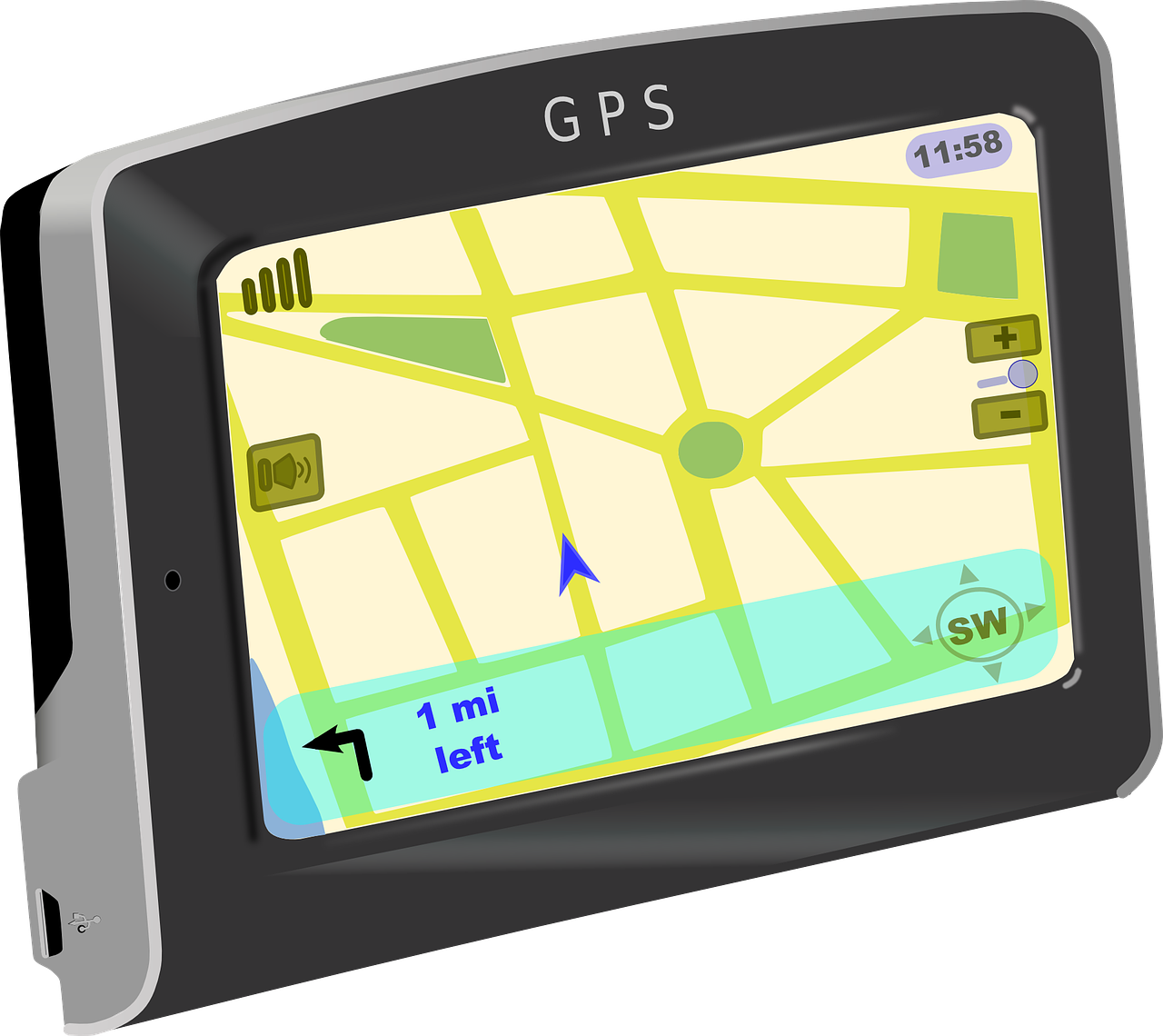The rollout of 5G networks is driving massive investment opportunities as telecom, smartphone makers, and other industries upgrade for the next-generation mobile technology. With 5G poised to enable breakthrough innovations ranging from remote surgery to self-driving cars, companies well positioned in the ecosystem could see surging growth. For investors, identifying stocks leveraged to capitalize on 5G’s potential presents a compelling strategy. Here we explore major 5G investment themes and provide a definitive list of stocks set to profit from the 5G revolution.
5G Infrastructure and Hardware
The expansive new wireless infrastructure required for 5G creates huge demand for hardware, software, tower equipment, and components. Key players include:
– Qualcomm – The top smartphone chipmaker whose Snapdragon processors and 5G modems power most flagship handsets. Their intellectual property also secures licensing revenue on 5G devices.
– Ericsson – A leading telecom equipment provider building 5G networks for carriers worldwide. Ericsson wins large-scale 5G infrastructure contracts globally.
– Nokia – Battling with Ericsson for 5G network installation deals as telecom operators upgrade wireless grids to enable 5G connectivity.
– Crown Castle – The largest provider of communications infrastructure with a network of 5G-ready cell towers and small cells key for 5G deployments.
– Qorvo – Makes radio frequency semiconductors embedded in smartphones and base station equipment to enable 5G connectivity. A key Apple supplier.
As 5G rollouts accelerate over the next decade, ongoing investment in infrastructure and devices will make these providers long-term winners.
Apple Ecosystem
Apple’s installed base of 1 billion iPhone users gives their 5G device upgrades massive profit potential. Their ecosystem also benefits partners heavily engaged in 5G:
– Apple – Upgrading their full iPhone lineup to 5G will drive a supercycle of upgrades from existing users. Apps and services will benefit from 5G’s speed.
– Skyworks – Provides RF chips enabling 5G in iPhones. Over 50% of revenue comes from supplying Apple. Stands to gain from every new iPhone sold.
– Qorvo – Similar to Skyworks, they supply RF chips to Apple critical for 5G in iPhones which generates significant revenue.
– Cirrus Logic – Relies on Apple for around 80% of sales. They make audio chips for AirPods and other Apple wearables crossing over into the 5G era.
The hundreds of millions of iPhones set to upgrade to 5G in coming years will lift revenues substantially for Apple and their suppliers.
Semiconductor Manufacturers
5G wireless infrastructure and devices rely on sophisticated chips driving demand for semiconductors:
– NVIDIA – Leads in chips powering smart cars, automated factories, high-tech cities – 5G will accelerate these use cases.
– NXP Semiconductors – Supplies chips enabling 5G base stations, radios, and networks. More than 30% of revenue from 5G-related chips.
– Marvell – Makes multi-gig modem chips for 5G carrier equipment. Positioned to benefit from rising 5G capital expenditure.
– Broadcom – Supplies high-performance chips used in 5G smartphones including power amplifiers and RF front-end modules.
– Qualcomm – The 5G market leader whose engineering expertise spans 5G modems, RF chips, CPU/GPU, Wi-Fi, Bluetooth and more.
Surging demand for high-compute semiconductors to deliver 5G capabilities makes this sector a prime investment theme.
Wireless Carriers
Telecom companies making large-scale investments in 5G networks aim to monetize them through premium subscriptions and expanded use cases:
– Verizon Communications – The largest U.S. carrier in terms of subscribers is aggressively building 5G coverage to maintain its network leadership position.
– AT&T – The second largest U.S. carrier is also ramping 5G deployment to leverage their broad subscriber base and media assets.
– T-Mobile – Recently merged with Sprint, T-Mobile commands a large 5G spectrum portfolio to gain market share against Verizon and AT&T.
– China Mobile – The world’s largest carrier with over 900 million subscribers is driving early global 5G adoption, especially across Asia.
– Vodafone – A leading European carrier upgrading networks across Europe. Their footprint includes emerging 5G markets like the U.K. and Germany.
Carriers aim to monetize expansive investments in 5G infrastructure by signing up consumers and businesses to premium 5G plans.
Cloud Computing
By enabling ultra fast, low latency connections, 5G unlocks new frontiers in cloud computing like mobile edge computing:
– Microsoft Azure – Cloud services like Azure Edge Zones stand to benefit greatly from 5G connectivity to power next-gen IoT, gaming, autonomous vehicles.
– Amazon AWS – The cloud leader launched AWS Wavelength for 5G edge computing. They’re also leveraging 5G for smart warehouses.
– Google Cloud – Google partnered with telecoms on 5G edge computing. Stadia gaming and other services benefit from 5G speed.
– IBM Cloud – IBM is focused on 5G for enterprise edge computing with low latency use cases like smart manufacturing.
– NVIDIA – Their rendering platform enables cloud gaming services to stream console-quality games over 5G networks.
New low latency 5G networks will amplify cloud adoption and workloads, especially emerging edge computing applications.
Autonomous Vehicles
Self-driving cars will rely heavily on 5G connectivity due to low latency and high speeds:
– Tesla – All new Teslas are equipped with 5G hardware upgradeable via software. Their autopilot already leverages image recognition models.
– NXP Semiconductors – Makes auto-grade processors and RF chips used in vehicle-to-vehicle (V2V communication) for autonomy.
– NVIDIA – End-to-end AV platform spans sensors to AI computing. 5G enables HD mapping and video feeds between cars and infrastructure.
– Qualcomm – Snapdragon Ride platform for autonomous driving leverages their Snapdragon automotive CPUs/modems and 5G capabilities.
– Alphabet – Google’s Waymo relies on 5G and edge computing to offload computation from self-driving cars to the cloud for latency-sensitive functions like motion planning.
Autonomous driving at scale hinges on 5G for instant communication between vehicles, high definition environment mapping, and offloading heavy computing to the cloud.
Internet of Things (IoT)
5G’s high speeds, low latency, and density supports exponential growth in connected enterprises:
– Microsoft – Azure enterprise IoT platform extends to the 5G edge to support low-latency industrial applications.
– Qualcomm – System-on-chips power many mid-range IoT devices with integrated 5G.
– Ericsson – Provides 5G enterprise network solutions like private 5G and industrial automation.
– Honeywell – Key supplier of industrial IoT devices that benefit from 5G’s speed and low latency.
– Analog Devices – Enables large-scale industrial and infrastructure monitoring via sensors connected over 5G.
The hyperconnectivity of 5G networks will drive growth in industrial IoT, smart cities, utilities, healthcare equipment, and more.
Network Security
5G’s software-driven, cloud-based nature creates new security challenges:
– Palo Alto Networks – Leading cybersecurity firm whose products detect and prevent threats across 5G networks and cloud infrastructures.
– Fortinet – Provides turnkey 5G security solutions to carriers including distributed firewalls and AI-driven threat detection.
– Cloudflare – Provides DDoS protection, firewalls, and access management for 5G edge computing data centers and infrastructure.
– Zscaler – Secure web gateway specifically designed for 5G/LTE networks used by telecom operators and other enterprises.
– CrowdStrike – Rising player in cloud-delivered endpoint security needed to protect 5G-enabled enterprise devices.
The increased attack surfaces and use cases enabled by 5G require security innovations to keep pace.
Augmented and Virtual Reality
Immersive extended reality applications stand to gain immensely from 5G’s wireless speed and mobility:
– Facebook – Their Oculus Quest VR headset is 5G-ready to stream VR content without wires. Enables advanced social VR experiences.
– Microsoft – HoloLens AR headsets enables remote collaboration and context-sensitive information linked through 5G networks.
– Apple – Upcoming AR/VR headset rumored to leverage 5G for video passthrough and overlaying digital content on real world views.
– NVIDIA – Developing a cloud-based 5G platform to render and stream AR/VR content by leveraging GPUs optimized for graphics-rich immersion.
– Qualcomm – Snapdragon XR smart viewer reference designs showcase how their 5G chips deliver low latency AR/VR experiences.
The performance demands of highly visual spatial computing necessitate 5G connectivity to untether users fully into virtual worlds.
Key Takeaways
In summary, companies poised to capitalize on the 5G revolution span:
– Infrastructure providers building 5G wireless grids.
– Apple and their supply chain profiting from 5G iPhones.
– Semiconductor firms powering 5G hardware.
– Wireless carriers monetizing 5G services.
– Cloud platforms supporting new edge use cases.
– Automakers developing self-driving technology.
– IoT companies connecting enterprise assets.
– Cybersecurity firms protecting new attack surfaces.
– AR/VR innovators pushing immersive experiences.
With transformational new applications on the horizon, investing in this “5G Supercycle” offers tech investors sizable long-term growth potential.




